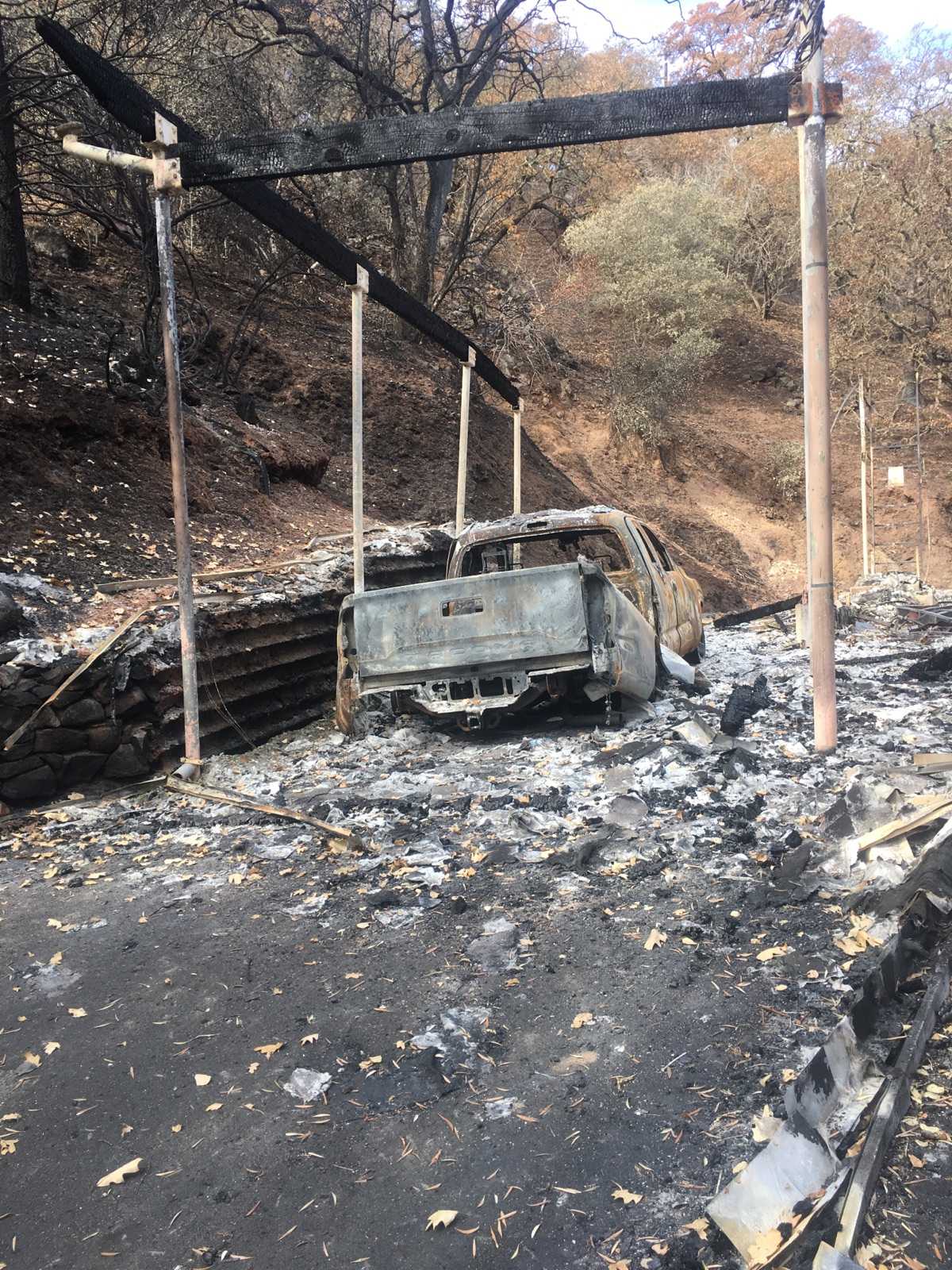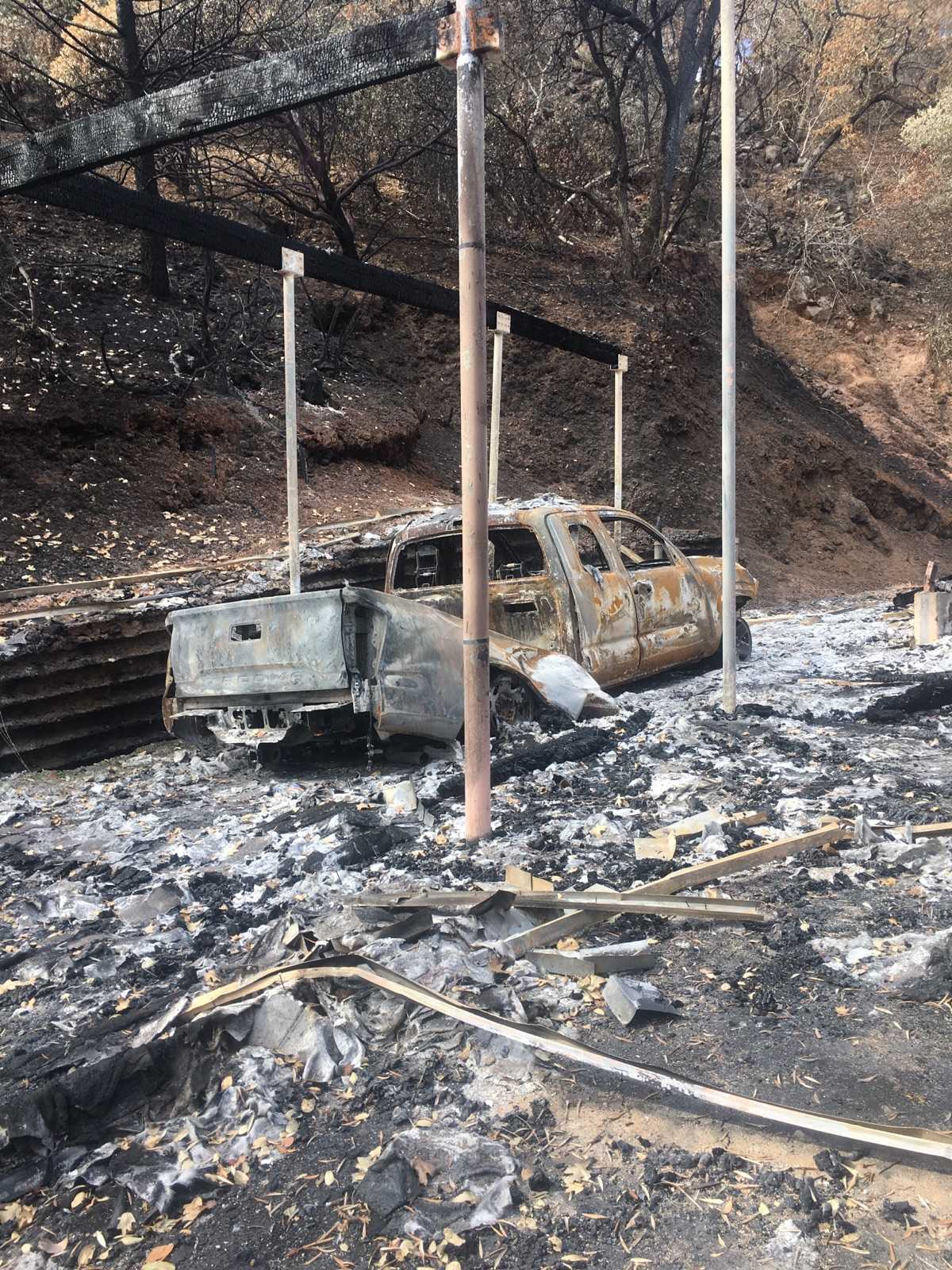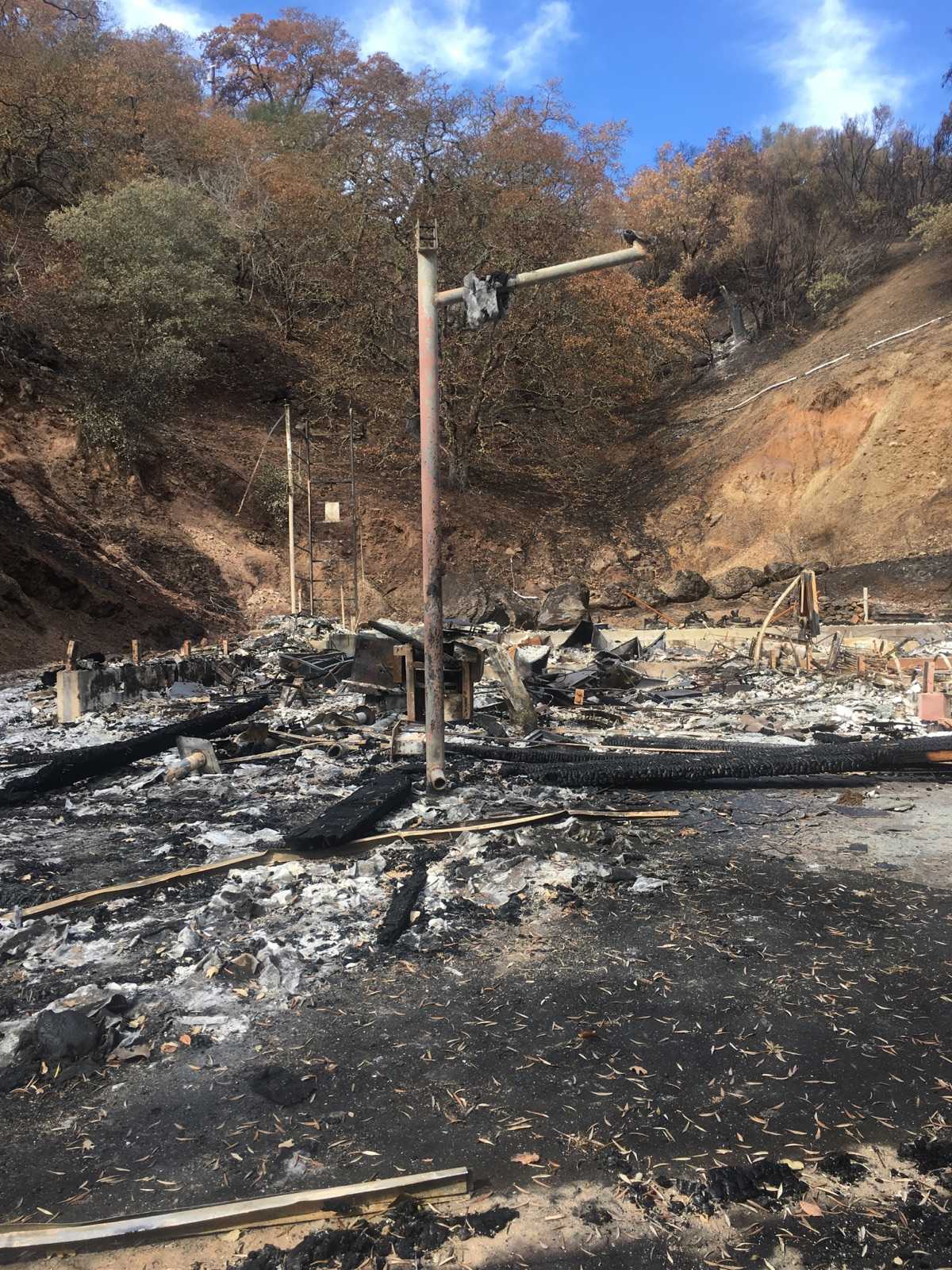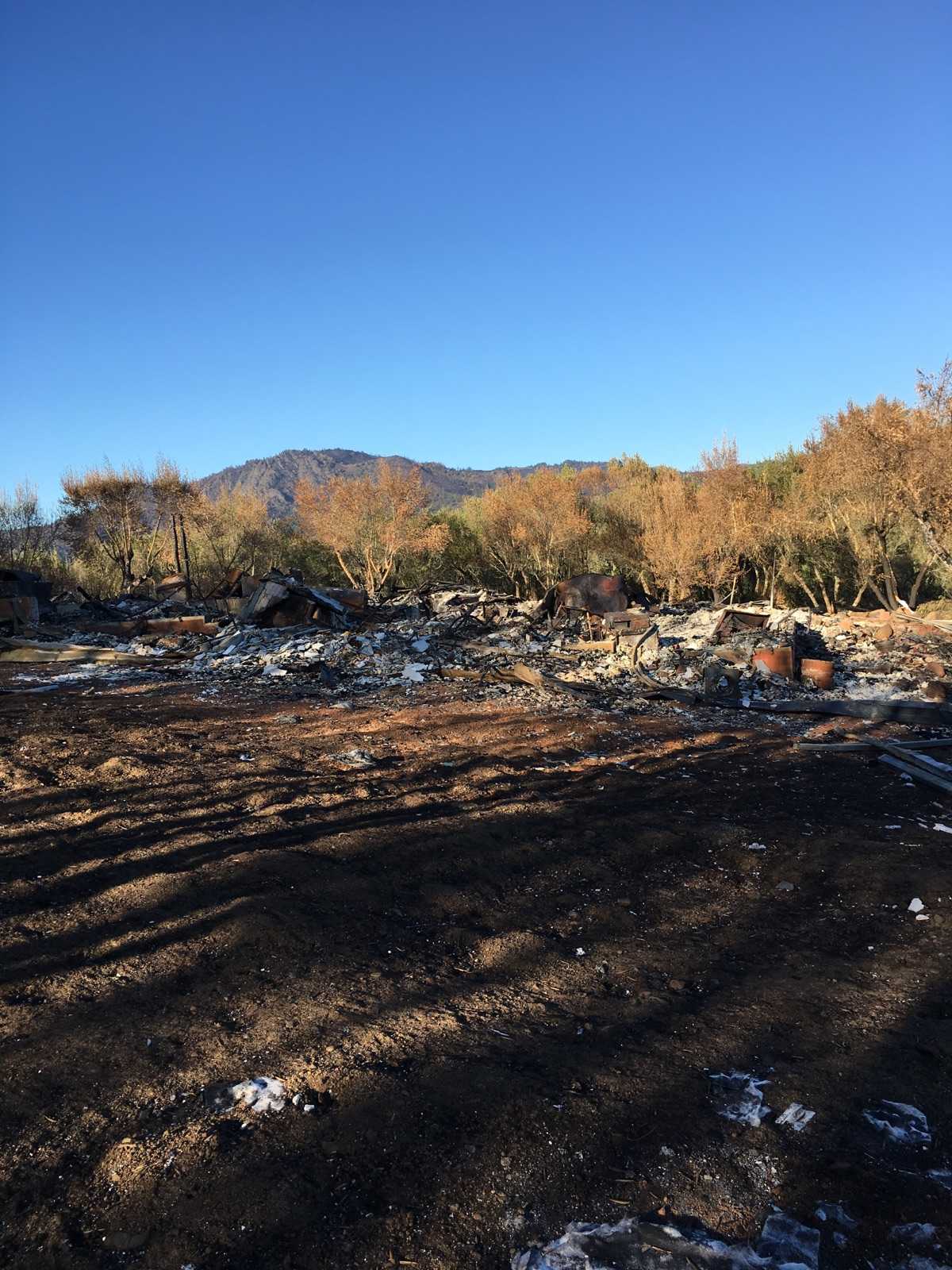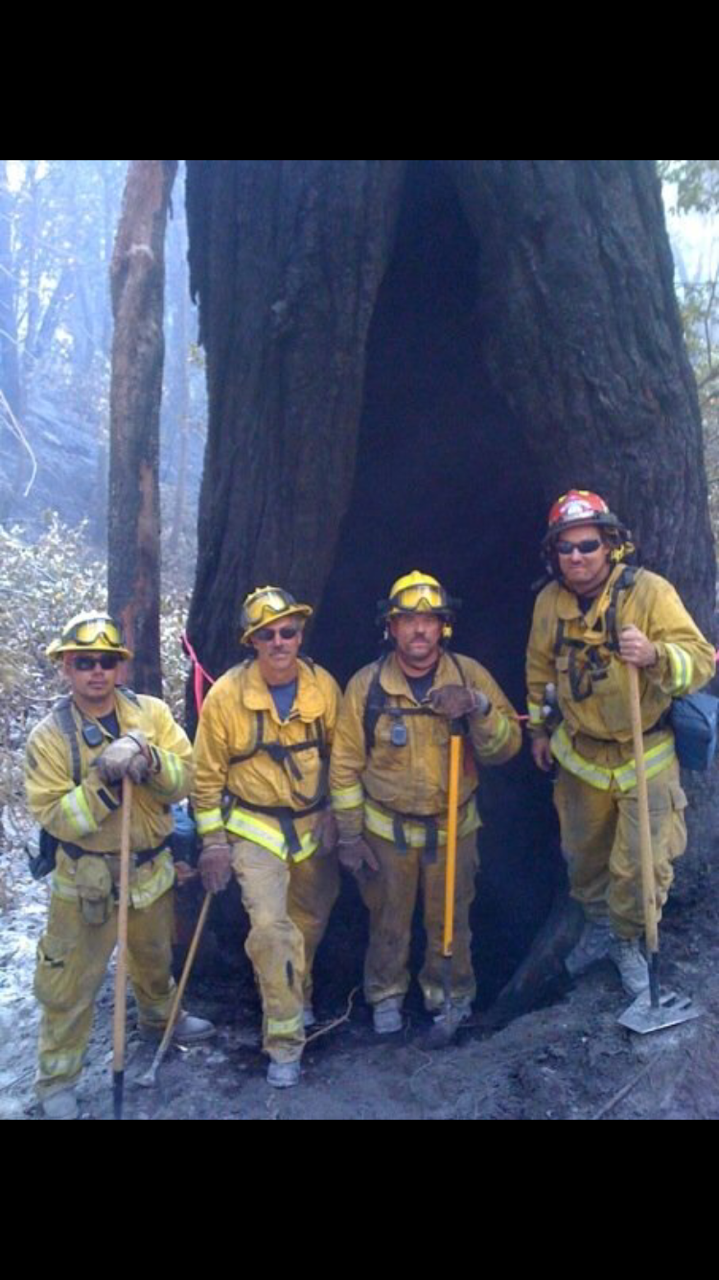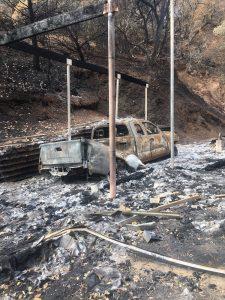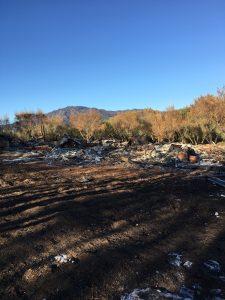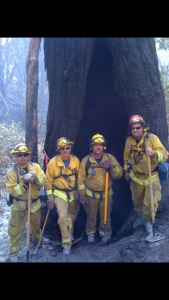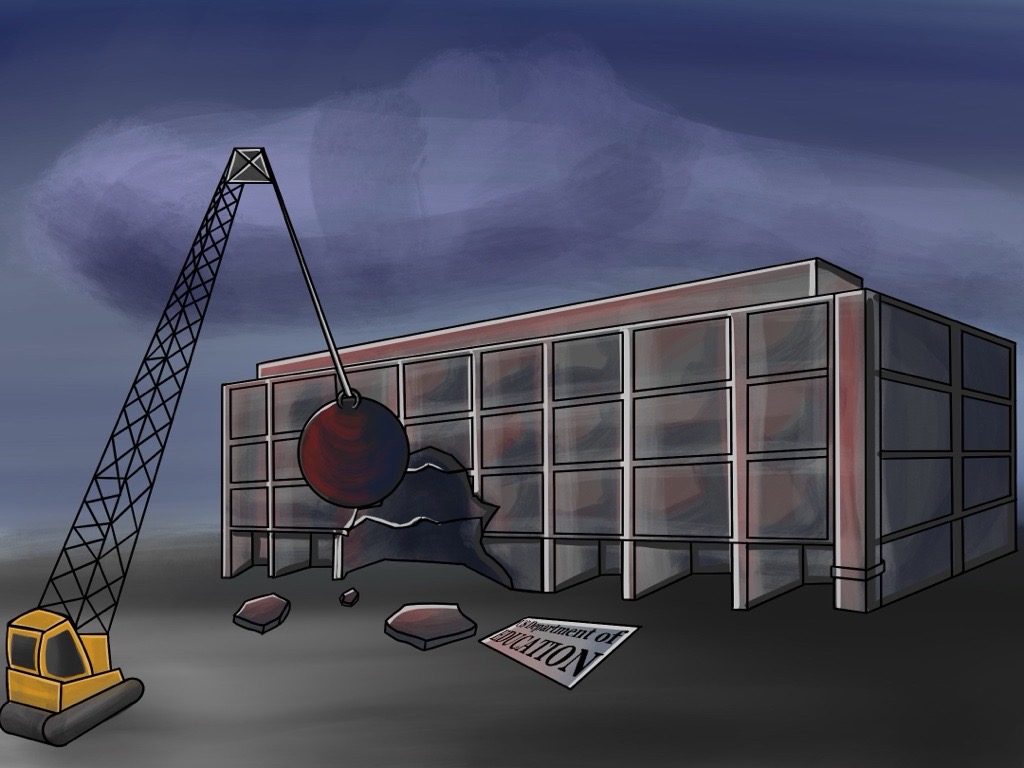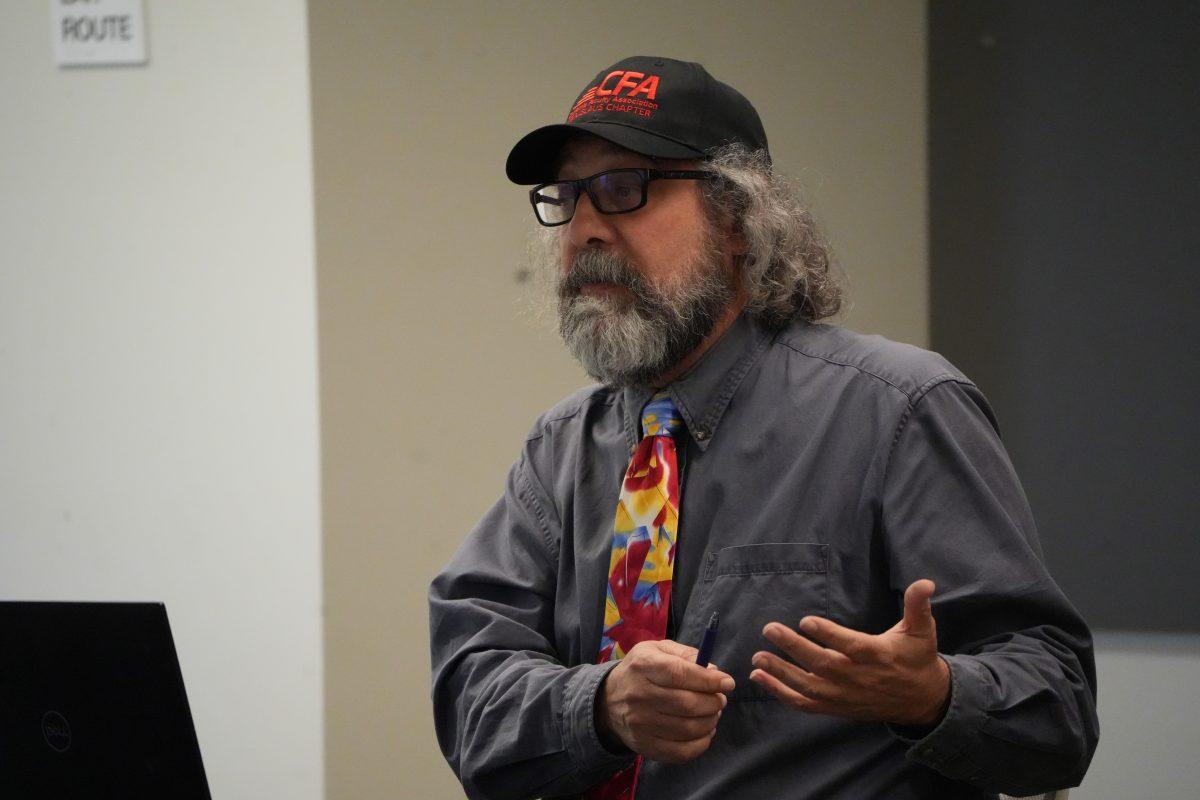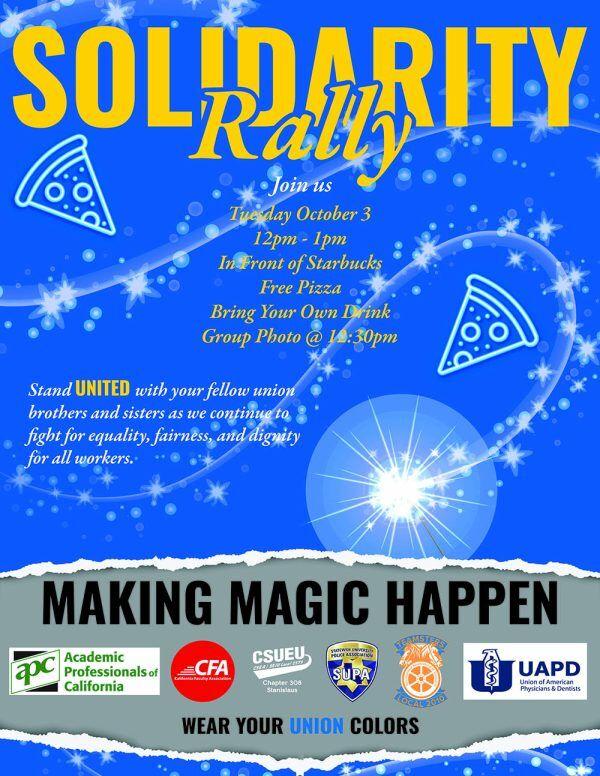The end September proved to be a dismal time for the citizens of the Napa, Sonoma, Lake and Mendocino counties, when 7 fires broke out within hours of each other. Three large fires broke out and affected California State University, Stanislaus’, (Stan state) sister school, California state University, Sonoma (Sonoma State),as well as various counties.
Lake and Mendocino counties were also victims of 3 fires that affected Clearlake, along with the Redwood Valley and Potter Valley communities.
Santa Rosa resident and former Lake County resident, Joy Bennett, is no stranger to fires. She lived in Lake County while it suffered three big fires since 2015. However, for her this was her first time being the evacuee.
Bennett expressed the pressure that she felt having to evacuate.
“All I could do was make sure my little sister and I stayed together. In the moment and evacuating it’s hard to think about what are the most important things to bring, but I grabbed my important papers, documents, school books and laptop, pillows, blankets, bathroom stuff and random clothes and shoes,” said Bennett.
Bennett added that both her and her sister received overwhelming support from family and friends. They reached out to make sure that Bennett and her sister had a place to stay and offered any other support they needed during the stressful time.
While the fires affected the residents of Napa, Sonoma, Lake and Mendocino counties it also hit close to home for Stan State student, Juan Ruiz-Olguin (junior, English), who moved to Stanislaus county from Lake County to attend Stan State. His family has been in the middle of these wildfires.
“My Aunt actually had to evacuate from her house and my cousins all had to evacuate. I know the house burnt down, it has been difficult dealing with that.” Said Ruiz-Olguin. “My family and I have been trying to send as much help as we can to them.”
Ruiz-Olguin’s parents were safe from the wildfires that were coming close to the Northern part of Lake County from the Mendocino side. However, the threat of fires has caused his family to create an emergency plan in case a disaster strikes.
“I told my mom to pack up important documents, photo albums, and other important items that are irreplaceable just in case. When this was happening the first thing I asked my parents was ‘do we have fire insurance’, which they said we do. So that was a relief,” Ruiz-Olgiun stated.
Just like Ruiz-Olgiun’s family, every family should have an emergency plan in case a natural disaster strikes.
These wildfires in the state of California are anticipated, but their magnitude is never known. Firefighters are trained yearly for wildfires and equipped with special gear known as Personal Protective Equipment (P.P.E). Firefighter, Joel Devries (City of Alameda), says that the the training is required so that they are prepared every fire season.
“We have specialty gear that has to be fitted and assigned to each of us. We have special training that is a yearly requirement that is hands on; consisting of book work, computer work and drills. We have drills where we simulate possible fire situations. Gear and the training is required before going on a strike team,” said DeVries.
Strike team groups are formed within each local city department to help the state of California during fire season. The teams are prepared yearly and each city is contracted an engine from the state.
Retired firefighter, Jeff Barr (City of Manteca), was a part of the strike teams during his service for over 30 years.
“Strike team groups are formed to help the state Cal Fire agency and forest service to contain wildfires. We are provided an engine from the state and manage the engine to have it ready for when it was time to use it. Other departments are also granted engines from the state to help Cal Fire and the forest service during fire season,” said Barr.
Barr also reiterated the importance for people to be prepared and know what state regulations require for home fire safety. He expressed how it was important to follow regulations, as it helps firefighters manage fire dangers and save homes as well as lives.
Barr explained, “When we are called out to wildfires on our strike teams, we spend time prepping houses. With limited time, we have to decide what houses are worth saving. Houses with wood roofs or overgrowth surrounding them are harder to save. With people keeping up with regulations, like having a 100 foott clearance around their home, it helps us save their home.”
The fires followed after National Preparedness Month, serving as a reminder of the importance of being prepared during the wake of an emergency.
DeVries stressed the importance of “safety first” and having a thought out safety plan. He stated that even if you are not in the dangers of wildfires, home evacuation plans are a must.
“You should have a fire plan at home or safety plan in place, where everyone understands the best ways to get out of the house and where to meet. You should have an idea of what you want to take and have that in a place that is easily accessible,” stated DeVries.
Though DeVries explains how one can have a designated spot to grab their important items in case of an emergency, he emphasized the importance of remembering that things can be replaced.
“Have a safety plan. Take care of family and yourself first; a lot of things can be replaced. They are just things, life is more important. Safety should always come first,” Said DeVries.
Though firefighters are specialized in training and preparing for wildfires, it is important that people know how to take the steps in protecting their home during these times of distress. Cal Fire has provided steps to help those prepare for wildfires in areas with higher levels of danger.
Stan State has pledged to donate 50 Percent of any donations that they receive by the end of the year to Sonoma State University. This is to help Sonoma State University’s students and faculty who have experienced losses due to the wildfires.
If students or any member of the Stan State family want to donate they can here.


